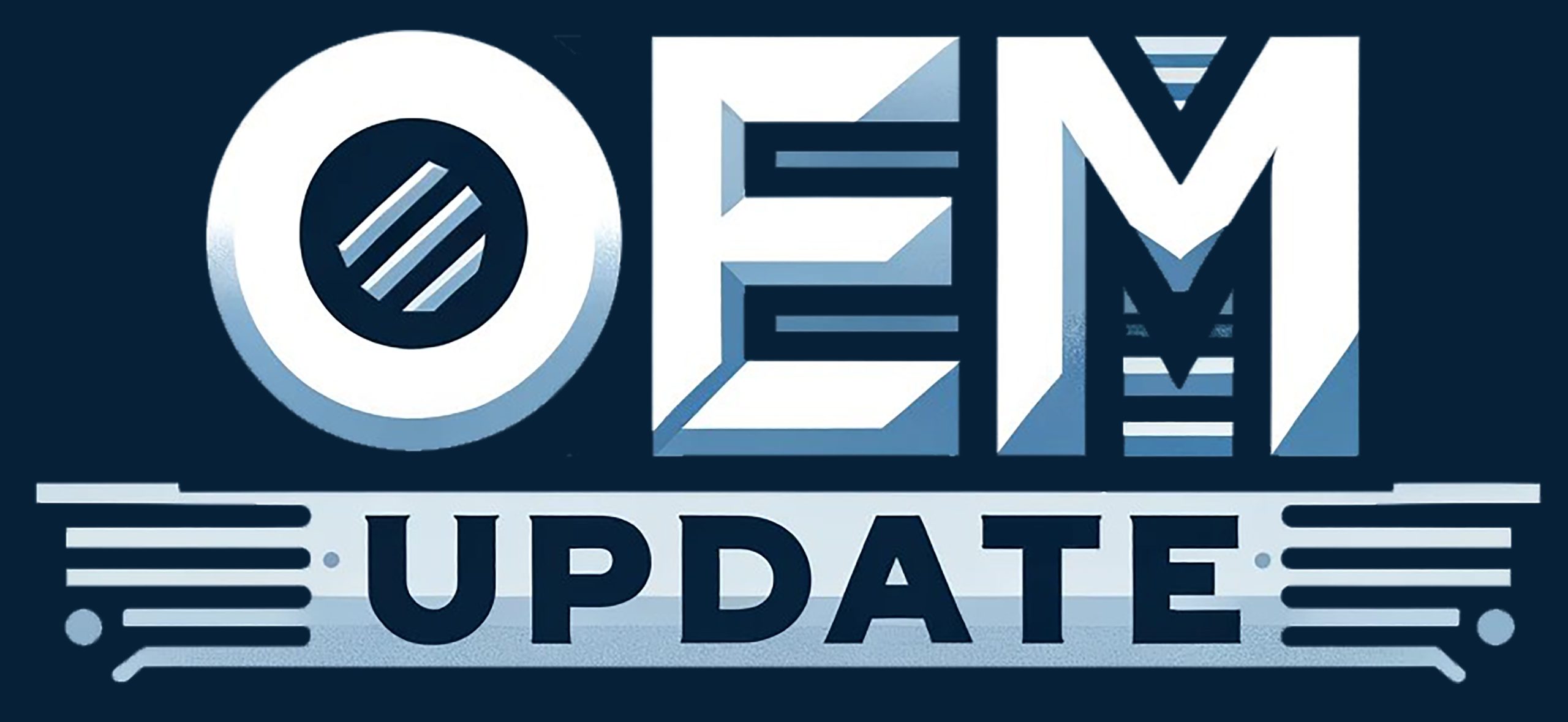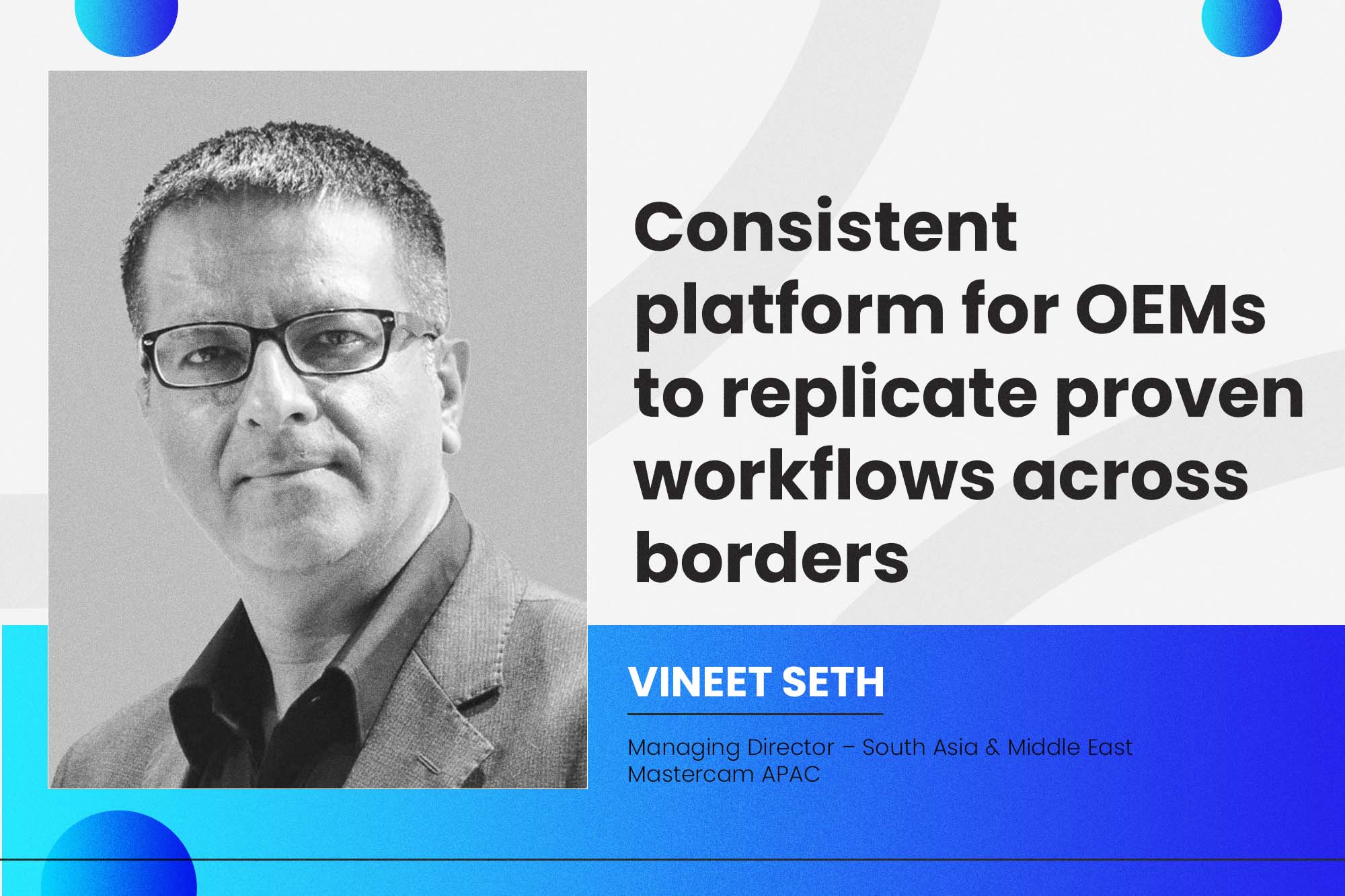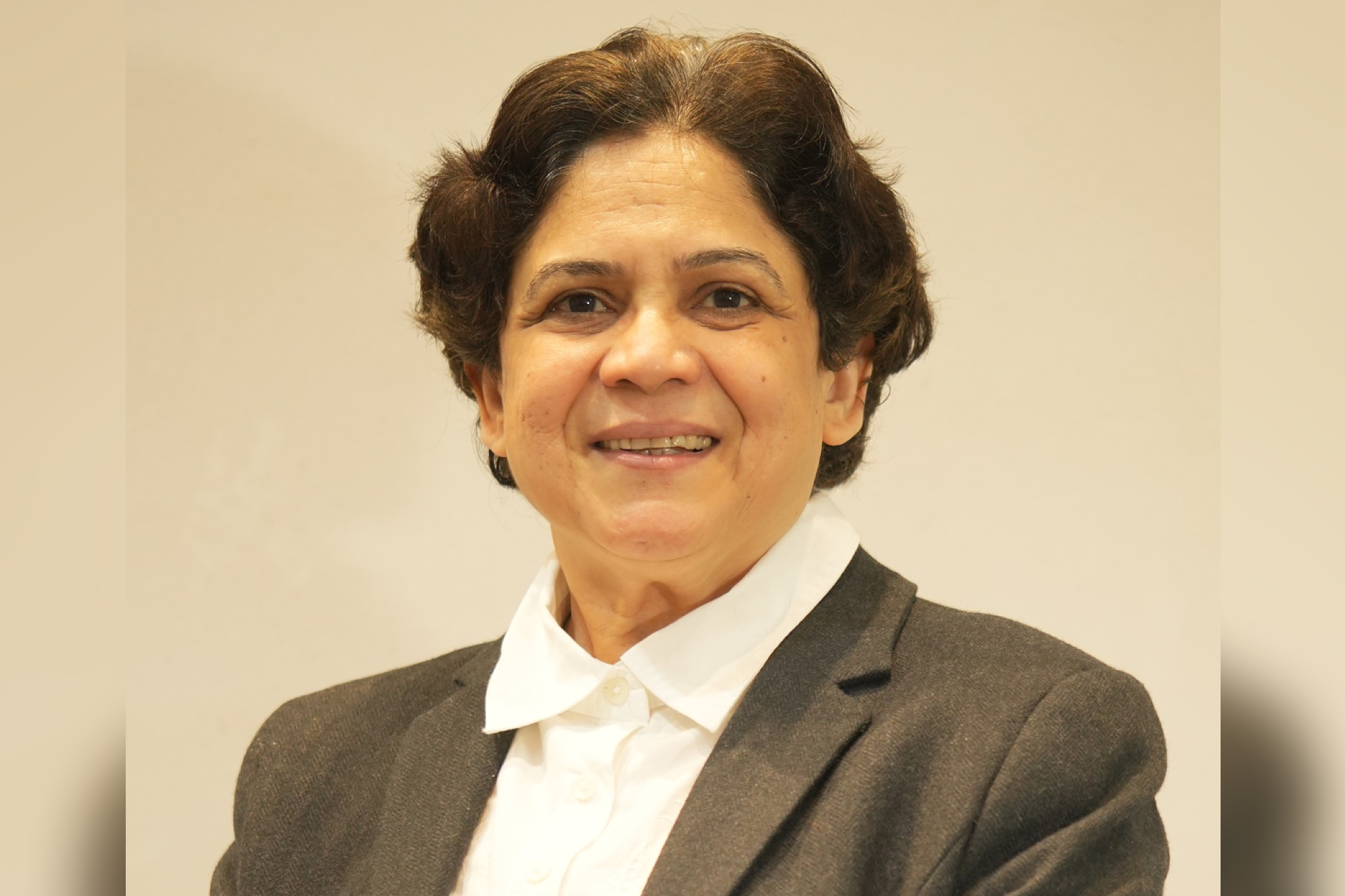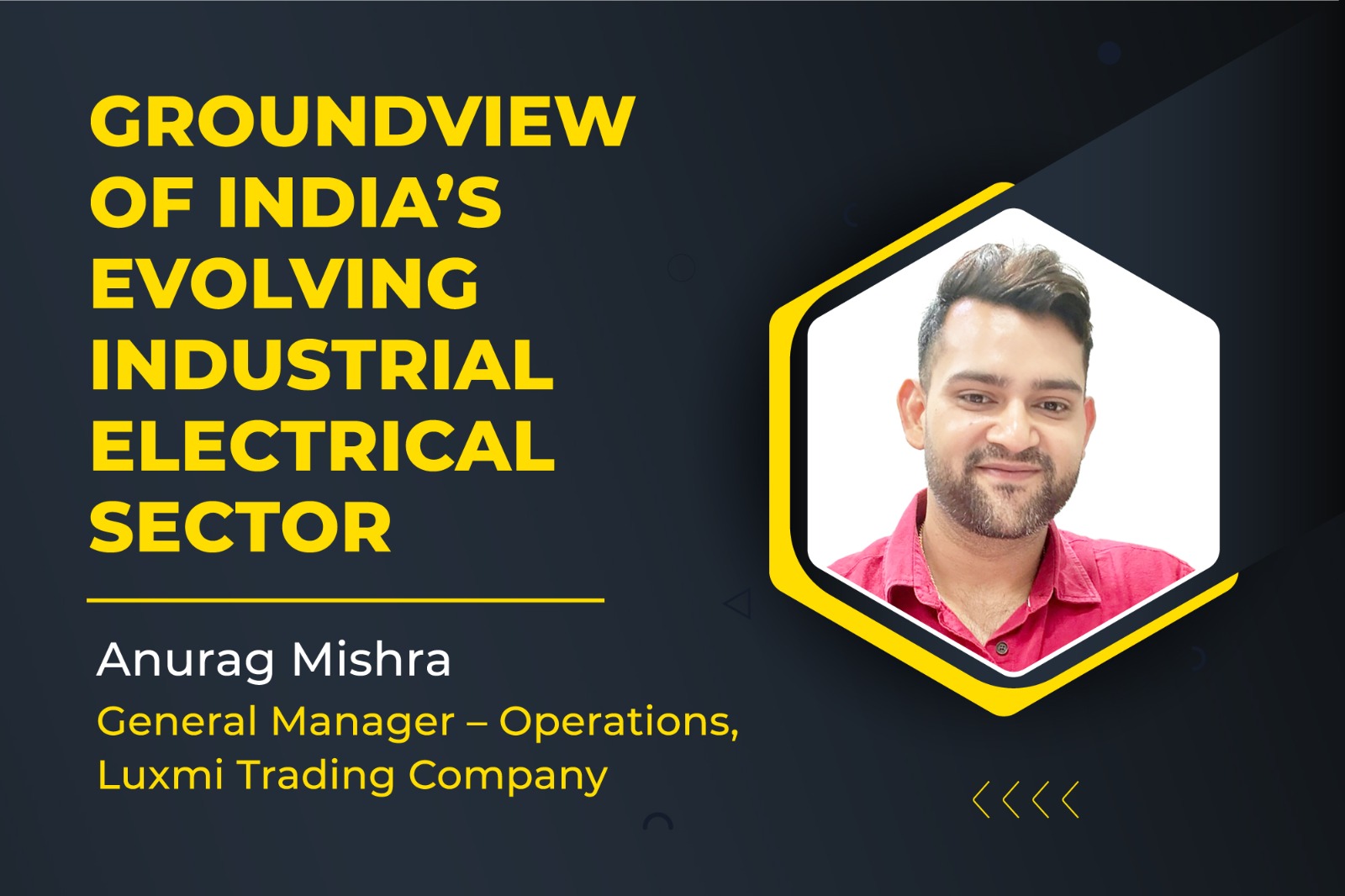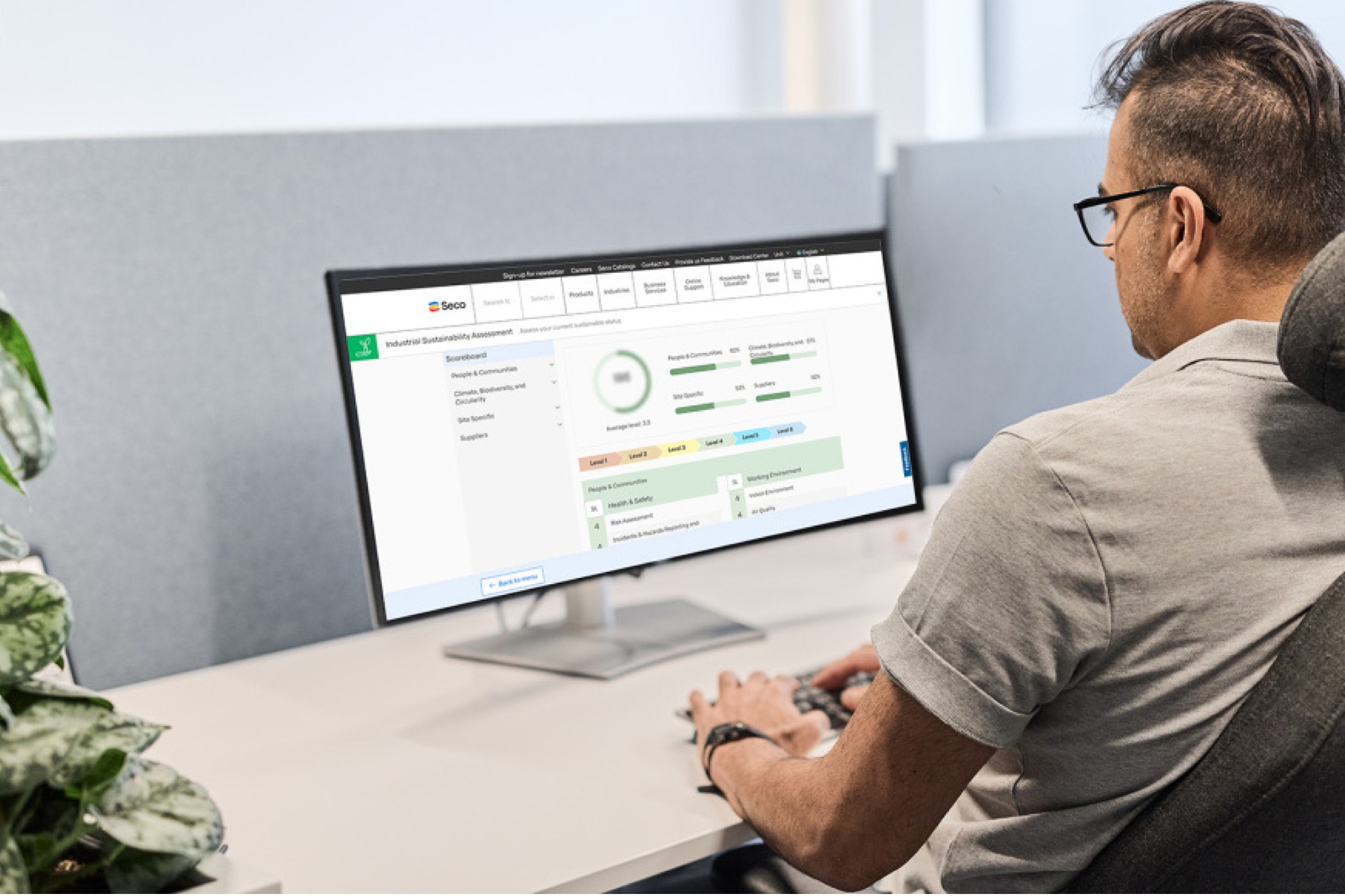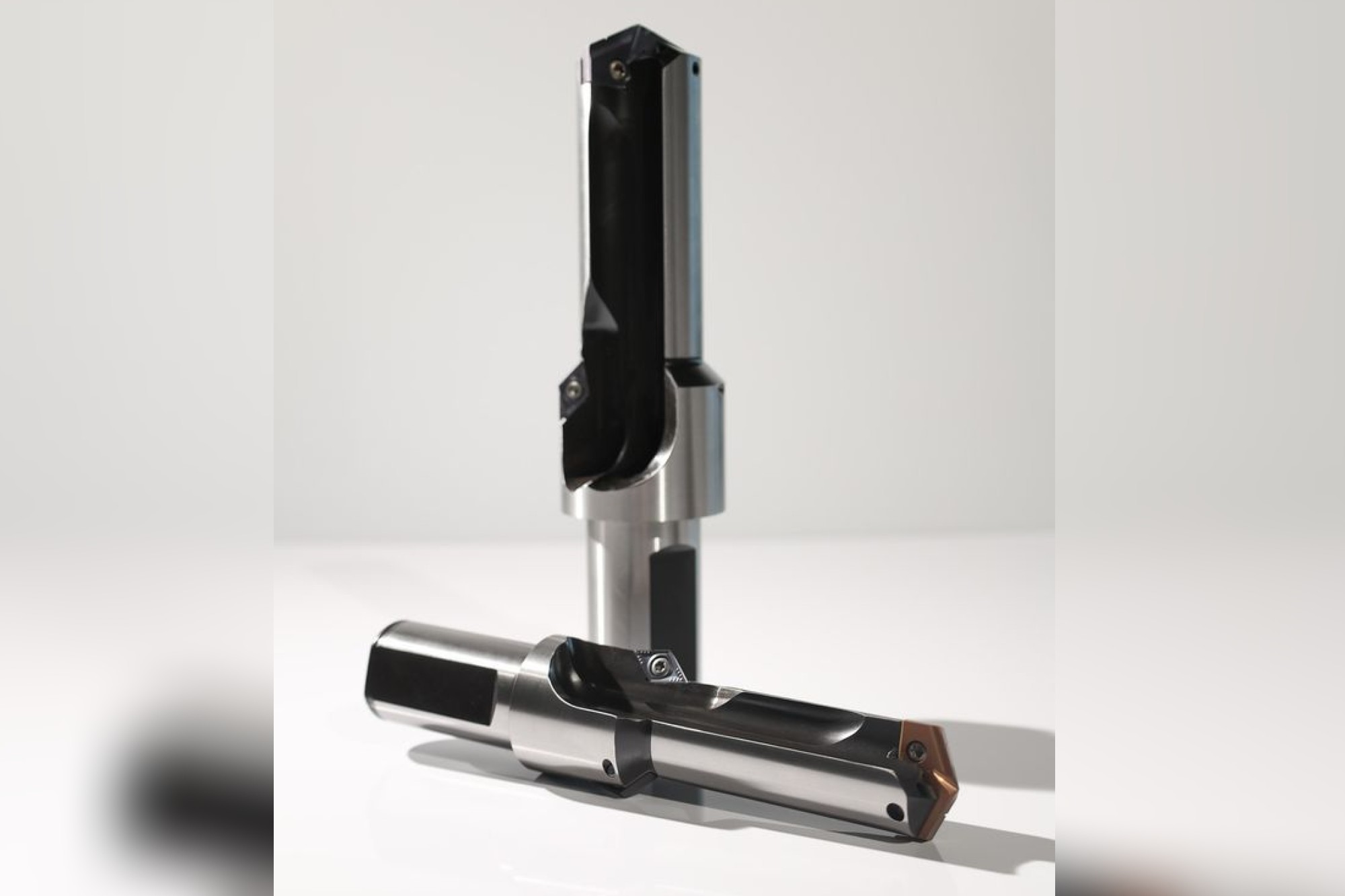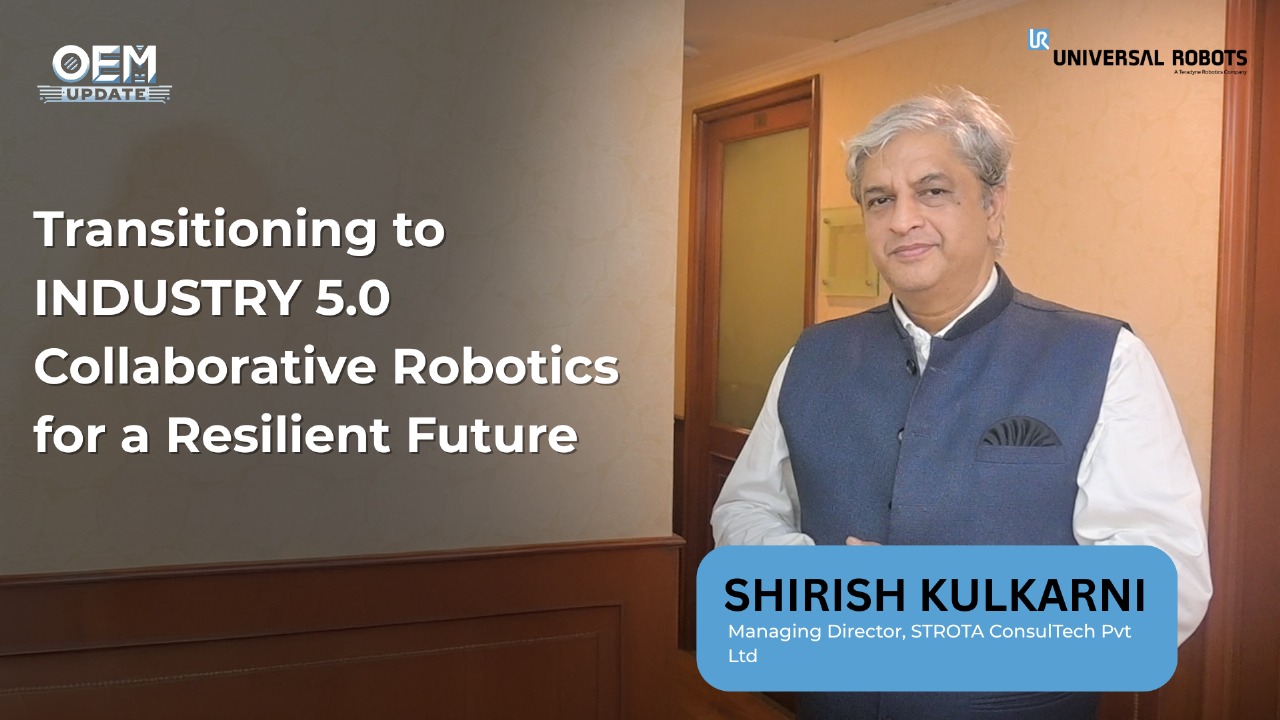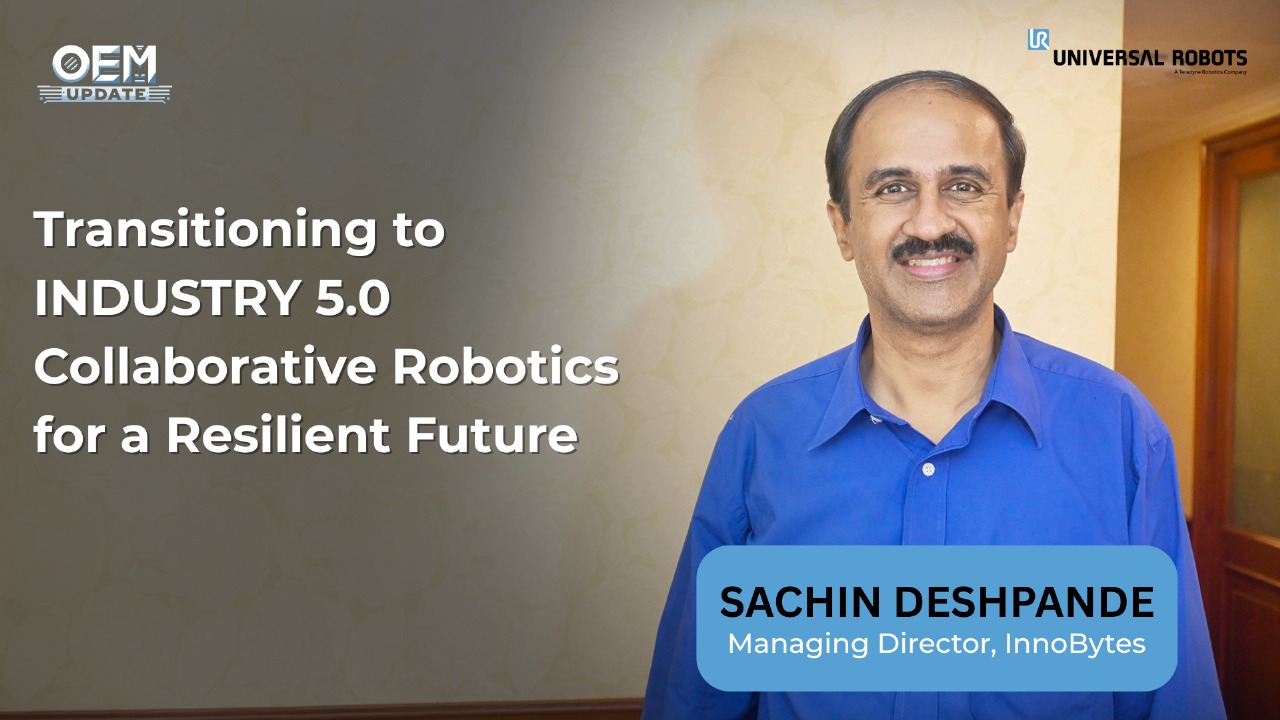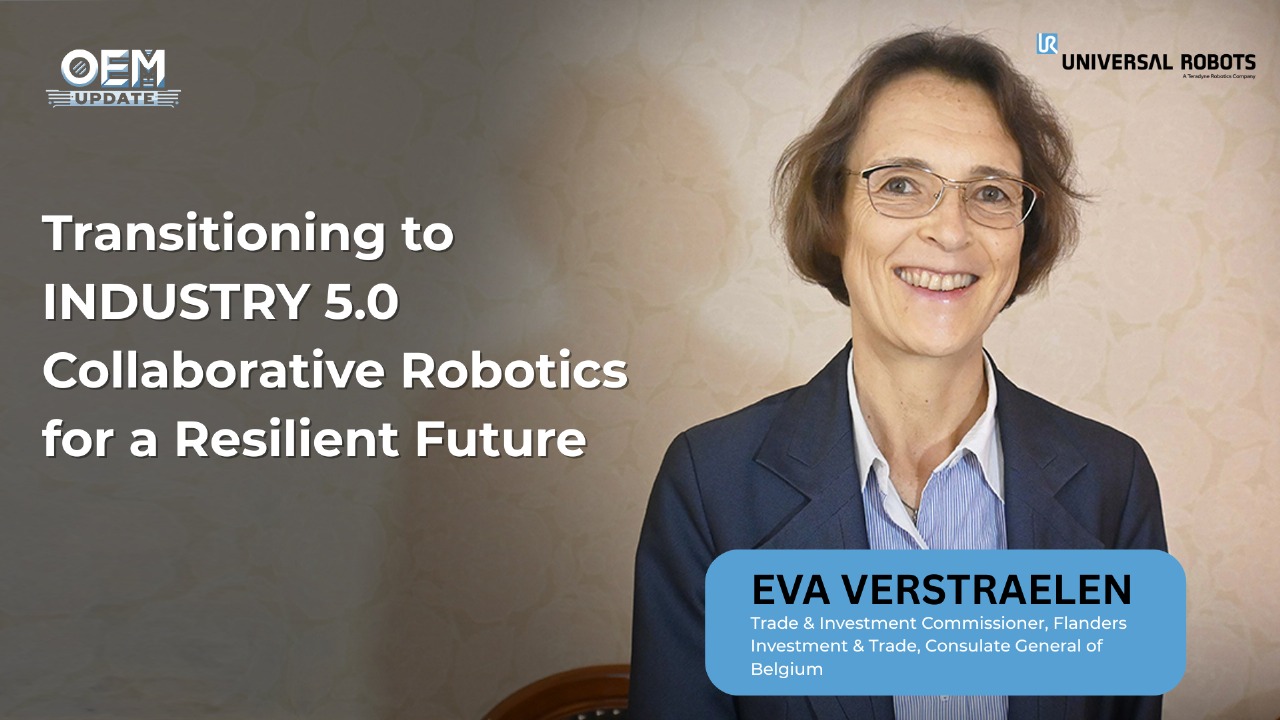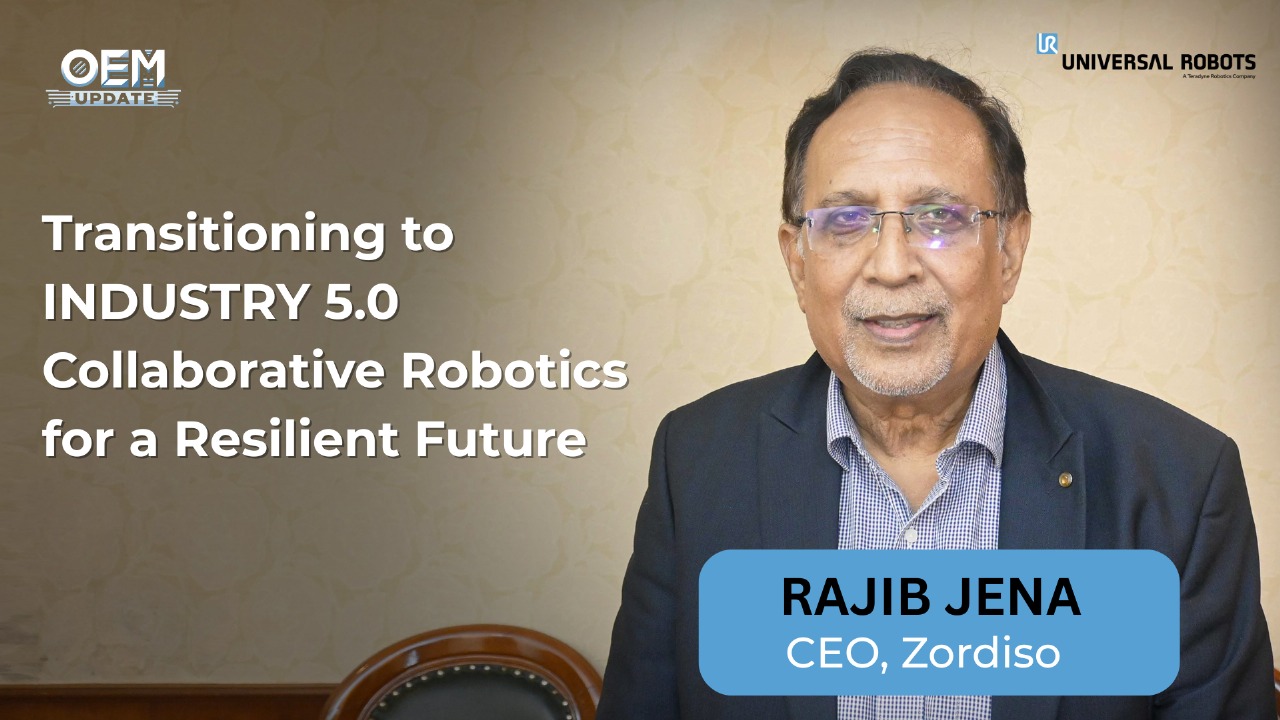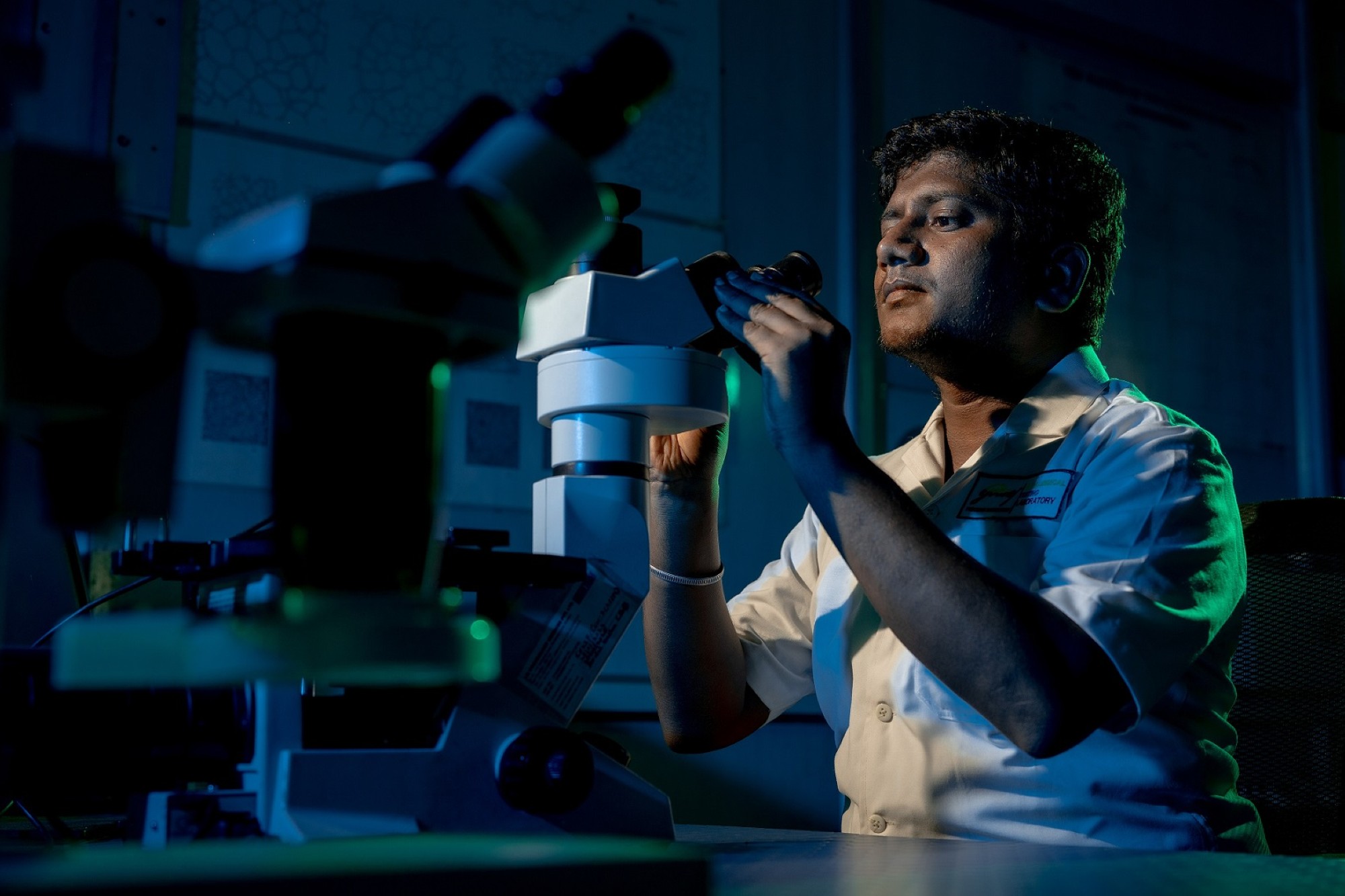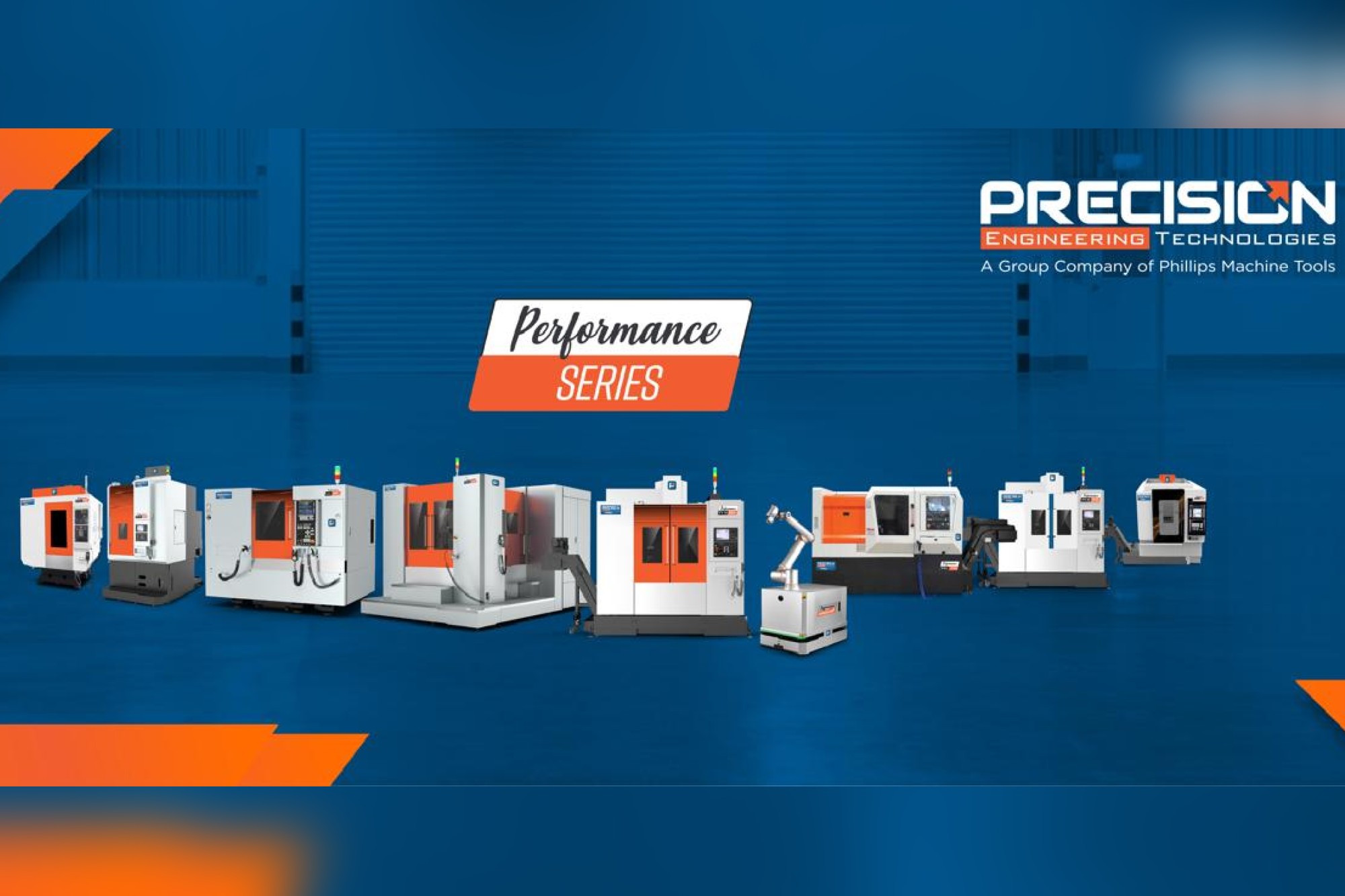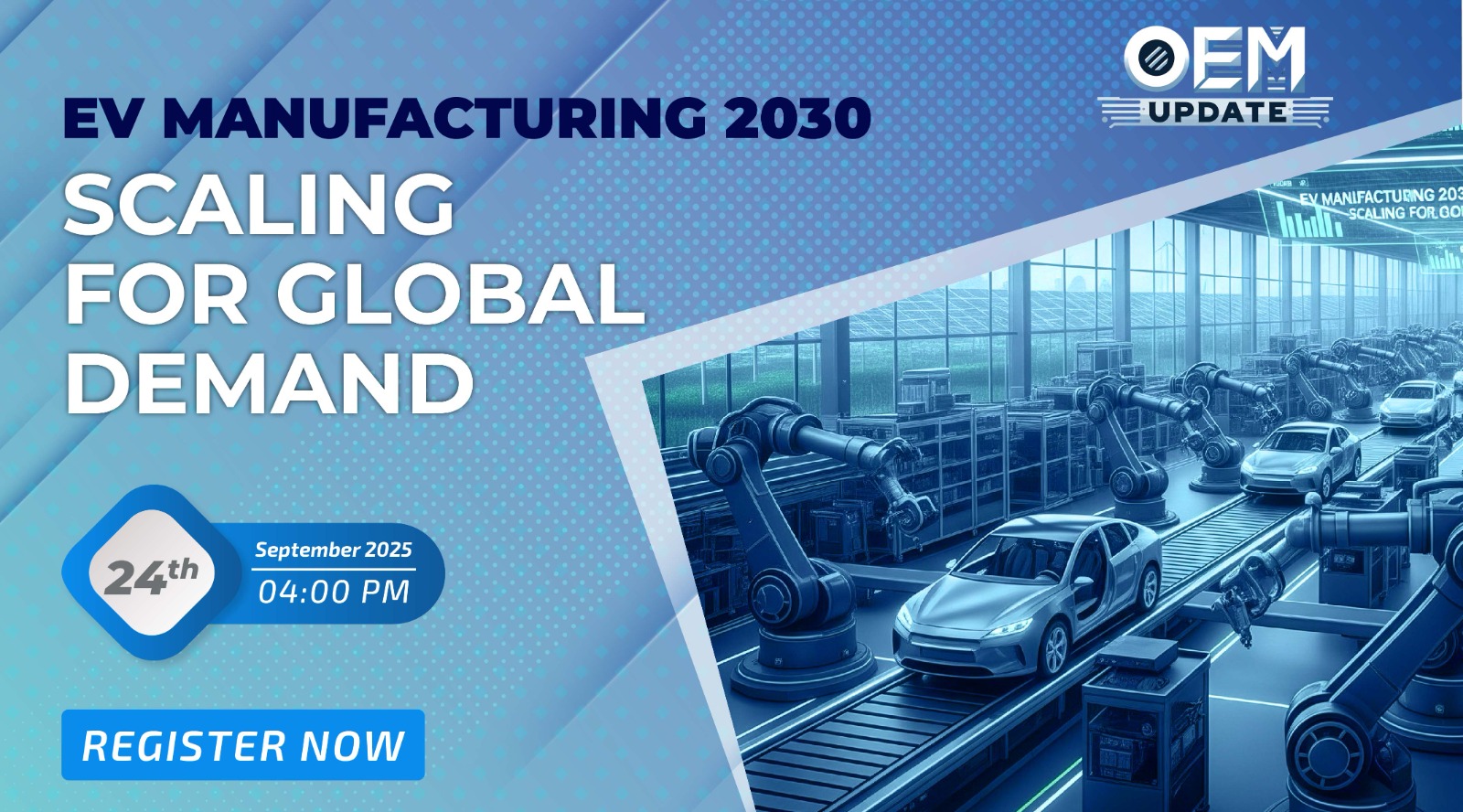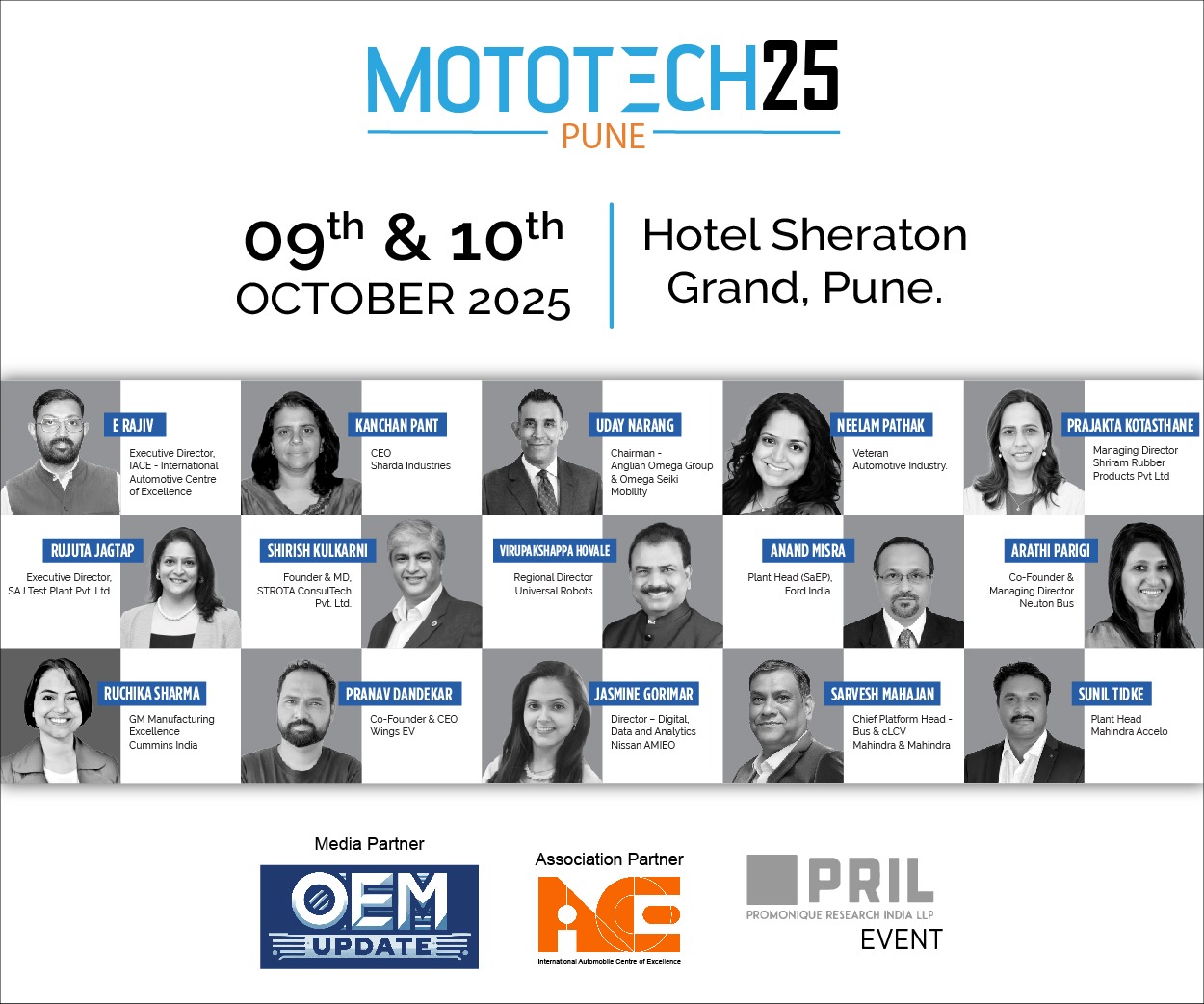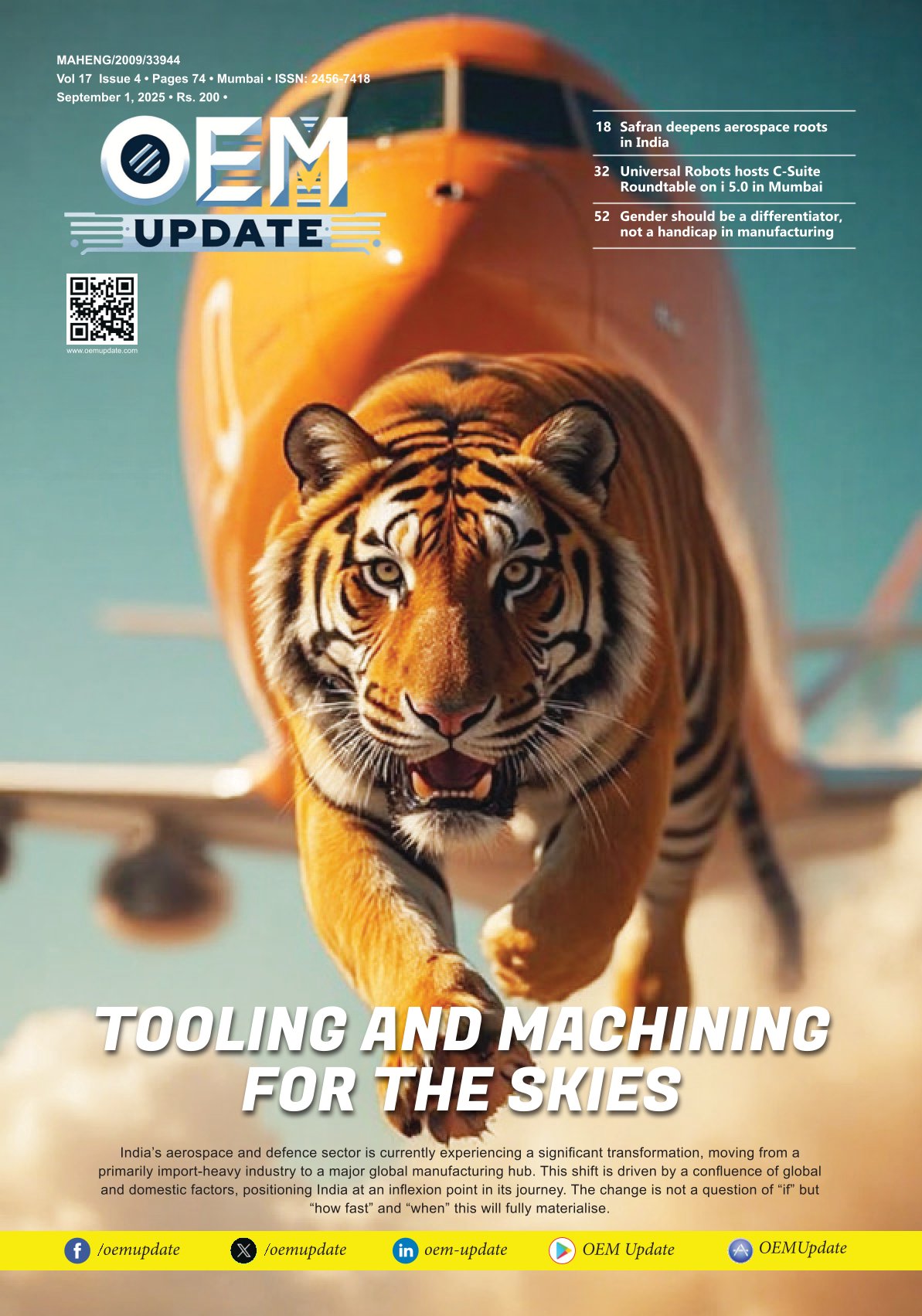Consistent platform for OEMs to replicate proven workflows across borders
By Staff Report June 5, 2025 7:44 pm IST
Mastercam’s platform is designed to be hardware-agnostic and workflow-consistent, enabling OEMs to replicate proven workflows across regions. Vineet Seth, Managing Director for South Asia & the Middle East at Mastercam APAC, explains that while what works for a machine in Germany may not work in India, and Mastercam’s consistent workflow helps bridge that gap.
How is Mastercam supporting global OEMs in harmonising machining operations across different regions where skill levels and infrastructure vary?
Harmonising machining operations across borders, variations in skill levels, machine availability, and infrastructure often lead to inconsistencies in part quality and production efficiency. We bring real value as software and as part of a larger ecosystem designed for global scalability.
Our key strength lies in the people behind the brand. Across regions, we have invested in building strong local teams who speak the language, understand the shop floor reality, and work closely with customers to align expectations with delivery. These aren’t just sales teams; they’re technical professionals who support everything from training to custom post-development.
Working with machine tools, controllers, and cutting tool partners, we help OEMs run with accurate post-processors, tooling libraries, and validated workflows. This partner-driven approach ensures that the software integrates into a wide range of production environments, whether it’s a high-end 5-axis cell in Germany or a mid-sized machining centre in Southeast Asia.
Our MConnect strengthens the standardisation effort by enabling seamless information exchange between various departments in the organisation. These tools help bridge communication gaps, track data, and maintain process control across locations. Perhaps most harmonisation is achieved through a combination of robust templates, best-practice workflows, and structured training. By embedding standardisation into the programming process and reinforcing it through continual learning, we guarantee that OEMs can maintain quality and repeatability worldwide, regardless of the manufacturing location of the part.
With many OEMs shifting toward localised production hubs, how does Mastercam adapt its solutions to the diverse needs of markets like India, Vietnam, and Mexico?
As global OEMs decentralise production and move closer to end-use markets, the manufacturing narrative will rapidly shift from “scale” to “agility”. India, Vietnam, and Mexico are emerging as sophisticated, responsive hubs in the global supply chain. And with that comes the need for our CAM platforms that are adaptable and deeply rooted in local realities.
Localisation involves ensuring software compatibility with the machines, tools, and skill levels available in the market, not just focusing on language packs. We achieve this through strong collaborations with local machine tool builders, controller OEMs, and cutting tool companies. Pre-configured post processors, tool libraries, and proven templates make adoption faster and more reliable, even in smaller or less automated shops.
In India and Vietnam, the market’s talent pools are ambitious but still maturing in digital manufacturing. We support intensive skilling initiatives by partnering with technical institutes, running certification programs, and enabling curriculum development that feeds directly into production readiness.
What role does CAM software play in helping manufacturers achieve faster design-to-part turnaround times in the face of global supply chain uncertainties? How does this differ across industries?
In today’s volatility, uncertainty, complexity, and ambiguity (VUCA) world, swift design to finish transition is no longer a competitive advantage but a business imperative. Our CAM software plays a central role in enabling agility by removing the friction between engineering intent and manufacturing execution.
Our CAM platform allows manufacturers to build intelligent, repeatable workflows through automation, templates, and integrated verification. This means fewer manual interventions, faster programming, and fewer iterations on the shop floor—all of which translate into turnaround times.
The CAM platform varies across various industries, including aerospace, where tolerances are tight and geometries are complex. The emphasis is on precision, multi-axis programming, and simulation fidelity. CAM here needs to be deeply integrated with complex post-processors, tooling strategy, and machine kinematics. In the automotive industry, where the focus is on speed and volume, the need is for process standardisation, automation, and minimal setup times. Templates, batch processing, and rapid toolpath regeneration become critical. Pharma and FMCG tooling often serves packaging and mould components; the emphasis is on fast iterations, clean surface finishes, and rapid changeover areas where our automation and efficient 2D/3D workflows play a key role.
The ability to simulate, verify, and virtually prove a process before touching the machine has influenced manufacturers’ planning and response. Our CAM has become the digital glue that holds together design responsiveness, production reliability, and operational efficiency, particularly in challenging supply chains and timelines that are non-negotiable.
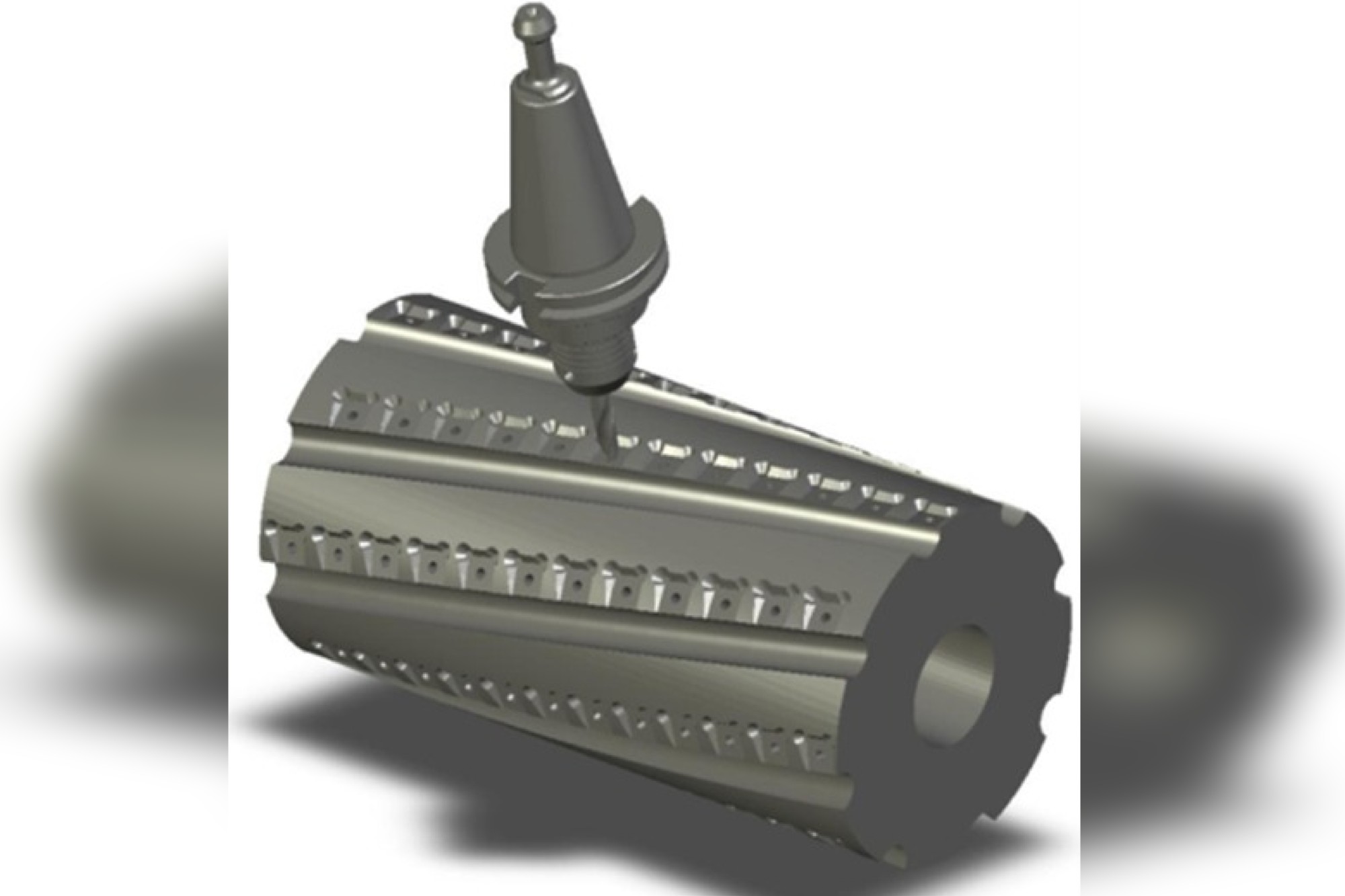
Skill development remains a key challenge in many emerging markets—how is Mastercam contributing to closing the digital skills gap for machinists and engineers worldwide?
Addressing the skills gap is a foundational part of sustainable manufacturing growth. In India, where the potential workforce is large but digitally underprepared, we actively worked at the grassroots level to close this gap. Our ITI initiatives, through partnership with the Tata Group, have enabled hundreds of training centres with industry-grade software and certified curricula. These programs are designed to equip students with practical skills for the job, not just theoretical knowledge.
Its easy, intuitive interface, visual workflows, and logical toolpath structure make it approachable even for first-time users. Learners find it easy to grasp the fundamentals, and educators find it easy to teach – a critical advantage when scaling training in high-volume environments.
All our major manufacturing processes, 2- to 5-axis milling, turning, wire EDM, turn-mill, and complex mill-turn, are accessible within a single interface. Students don’t need to switch between systems to build competence across different machining platforms. This unified experience accelerates learning and builds confidence.
We have a global install base that students trained on the platform are instantly employable locally and anywhere skilled machining is valued. It’s the alignment between education, technology, and industry relevance that makes the difference.
From your perspective, what are the most pressing challenges in creating a truly borderless digital manufacturing platform, and how is Mastercam addressing them?
Creating a borderless digital manufacturing platform requires much more than just technology. At its core, ensuring that design intent, process logic, and production reliability travel seamlessly across geographies, machines, and teams. The biggest challenges lie in interoperability, people, process maturity, and standardisation.
Different regions come with vastly different levels of infrastructure, skill, and machine capability. What works effortlessly in a Tier 1 plant in Germany may require rethinking in a midsize facility in Mexico or India. Language, training, and access to service support add further complexity.
Our platform is designed to be hardware-agnostic and workflow-consistent. Whether programming a 3-axis machine in Pune or a 5-axis mill-turn in Ohio. Through a single interface, users can access everything from basic milling to multi-axis and complex turnmill operations, ensuring that part programs are transferable, repeatable, and scalable across all operations.
Standardised templates, process libraries, and powerful post-processor capabilities enable OEMs to replicate proven workflows across regions. Our MConnect supports the digital thread by communication across design, programming, and the shop floor, helping teams stay aligned regardless of location.
Beyond the software, our strength lies in a global network, localised teams, native language support, and relationships with machine and tooling partners. This allows us to adapt to local realities while maintaining global consistency. Borderless manufacturing isn’t just about moving files. It’s about moving capability. And with the mix of flexible technology and strong local engagement.
Cookie Consent
We use cookies to personalize your experience. By continuing to visit this website you agree to our Terms & Conditions, Privacy Policy and Cookie Policy.
